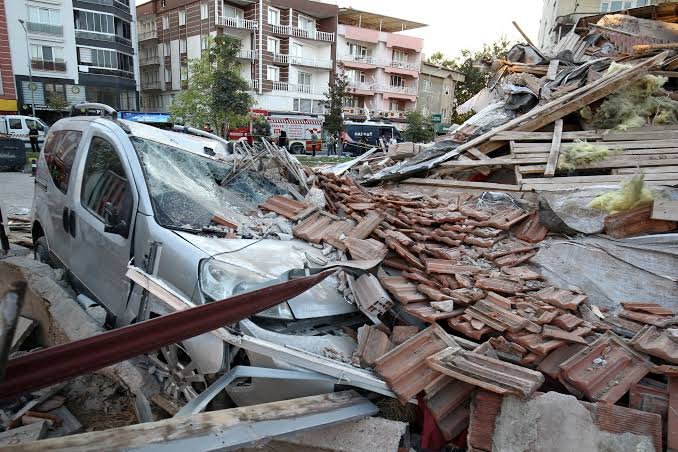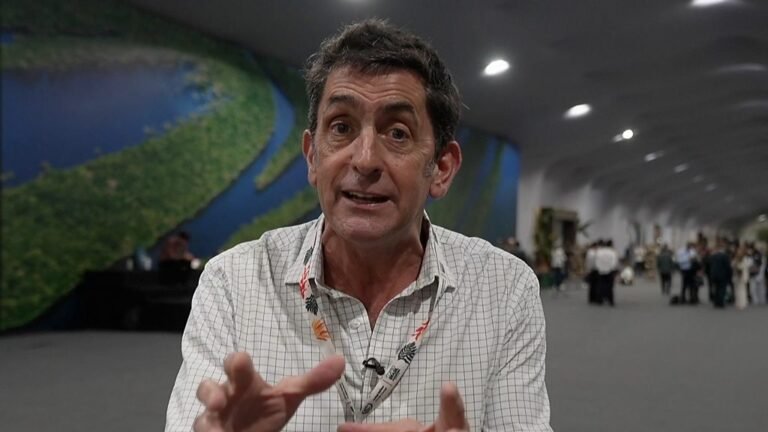Earth’s inner shifts spark global debate: Science or signs of the apocalypse?
Washington/Paris: A recent report by a NASA environmental scientist has raised alarm within the global scientific community, suggesting unusual activity deep beneath the Earth’s surface. According to the findings, molten magma that was previously concentrated at depths of around 130 kilometers has now shifted closer to 160 kilometers—an indication of significant subterranean changes. Scientists warn…
Washington/Paris: A recent report by a NASA environmental scientist has raised alarm within the global scientific community, suggesting unusual activity deep beneath the Earth’s surface. According to the findings, molten magma that was previously concentrated at depths of around 130 kilometers has now shifted closer to 160 kilometers—an indication of significant subterranean changes.
Scientists warn that the Earth’s layers are moving in unexpected ways, increasing the likelihood of earthquakes, volcanic eruptions, and extreme weather events. More concerning is evidence that the planet’s inner core may be altering its rotation, potentially disrupting the magnetic field. Such a shift, experts say, could even trigger a reversal of the North and South Poles—an event that would dramatically reshape global climate and ecosystems.
The report projects that if the current pace continues, magma could rise to within just 10 kilometers of the Earth’s surface by 2030, driving global temperatures as high as 65°C and threatening the survival of life itself.
While scientists frame these findings as part of natural planetary cycles, religious scholars and commentators point to parallels with apocalyptic prophecies. In Islamic tradition, earthquakes, collapses of the Earth, and dramatic shifts in nature are listed among the major signs preceding the end of times.
The debate reflects a deeper tension: is humanity witnessing a predictable geological phenomenon, or are these events a warning to change course before it is too late?





